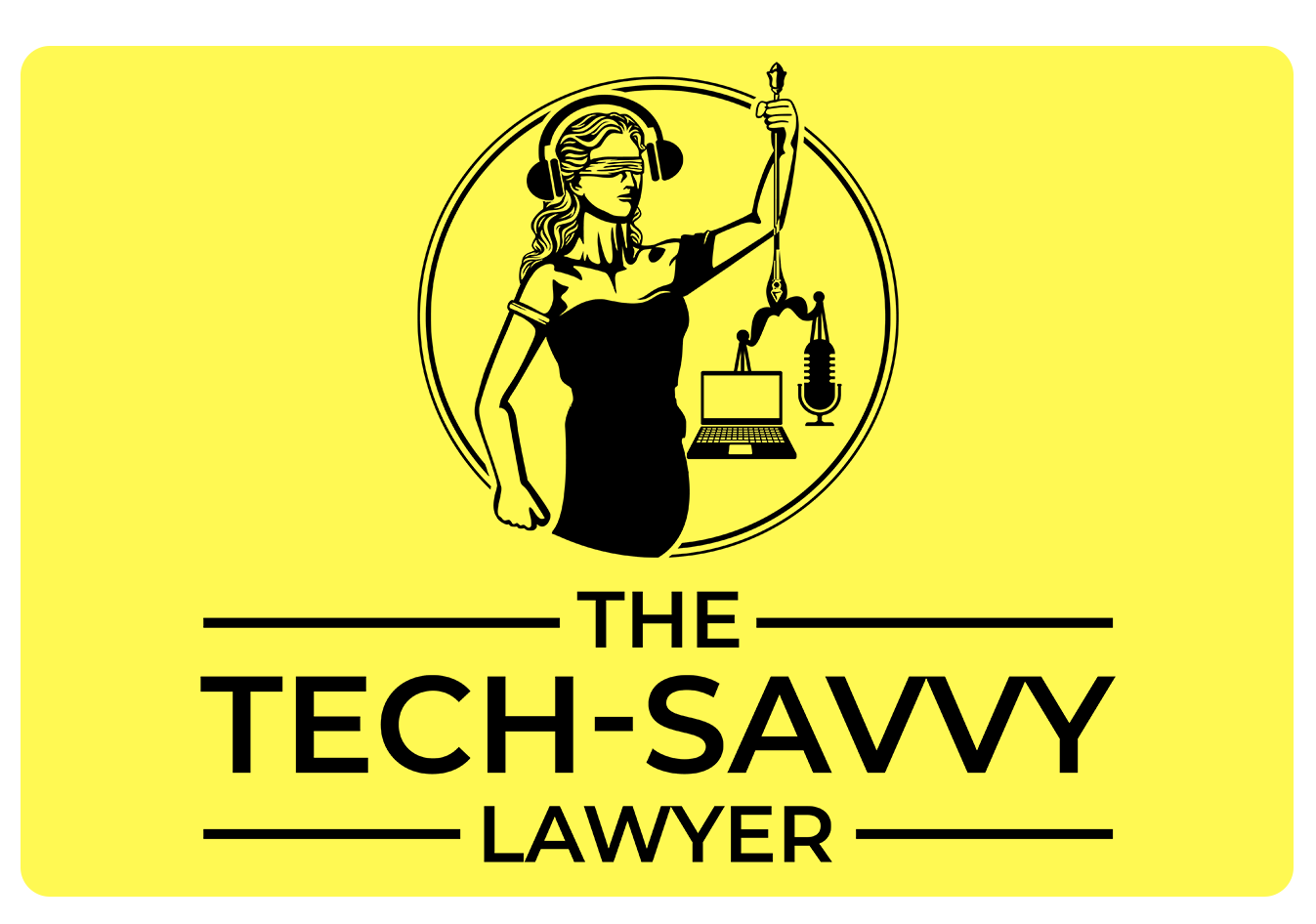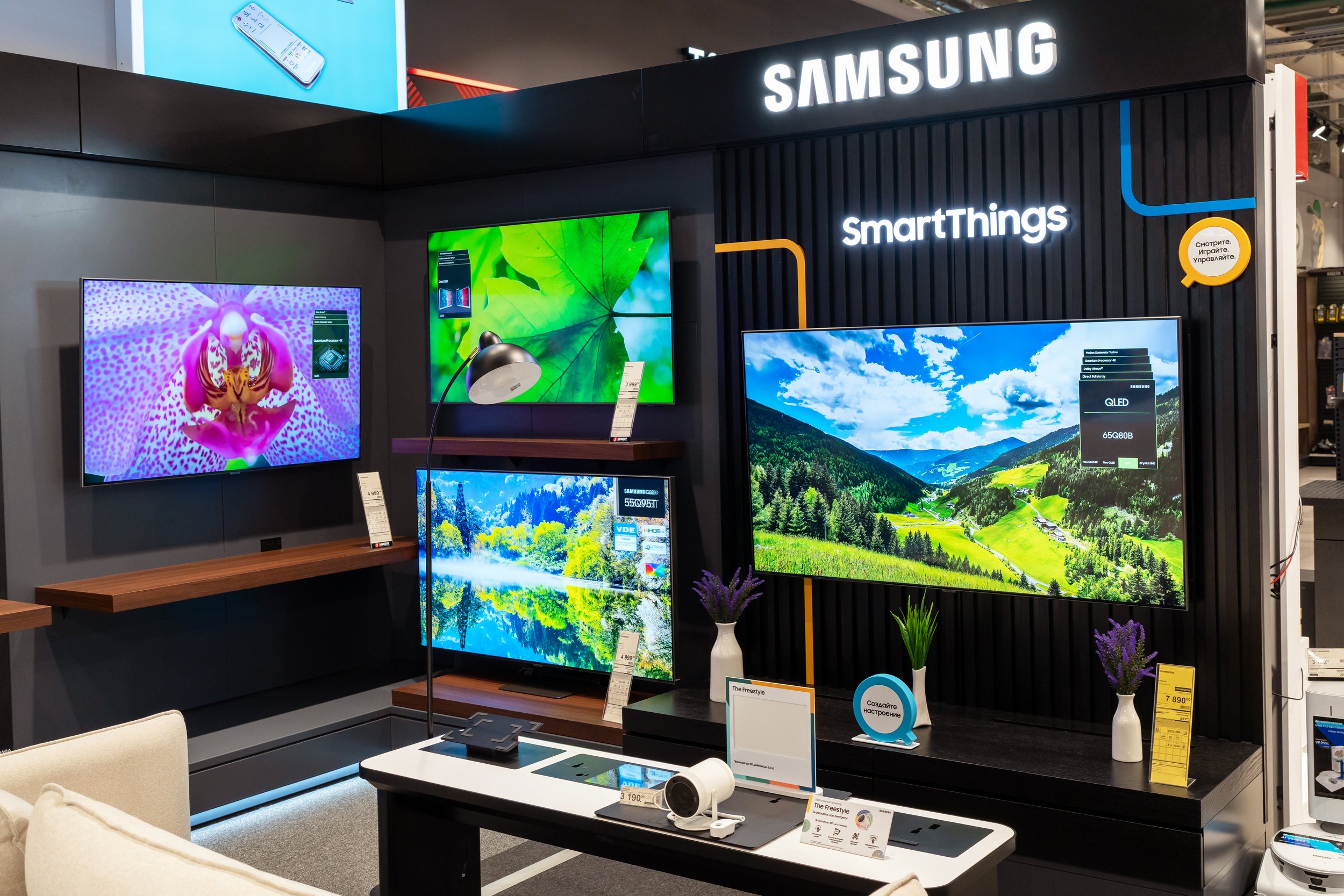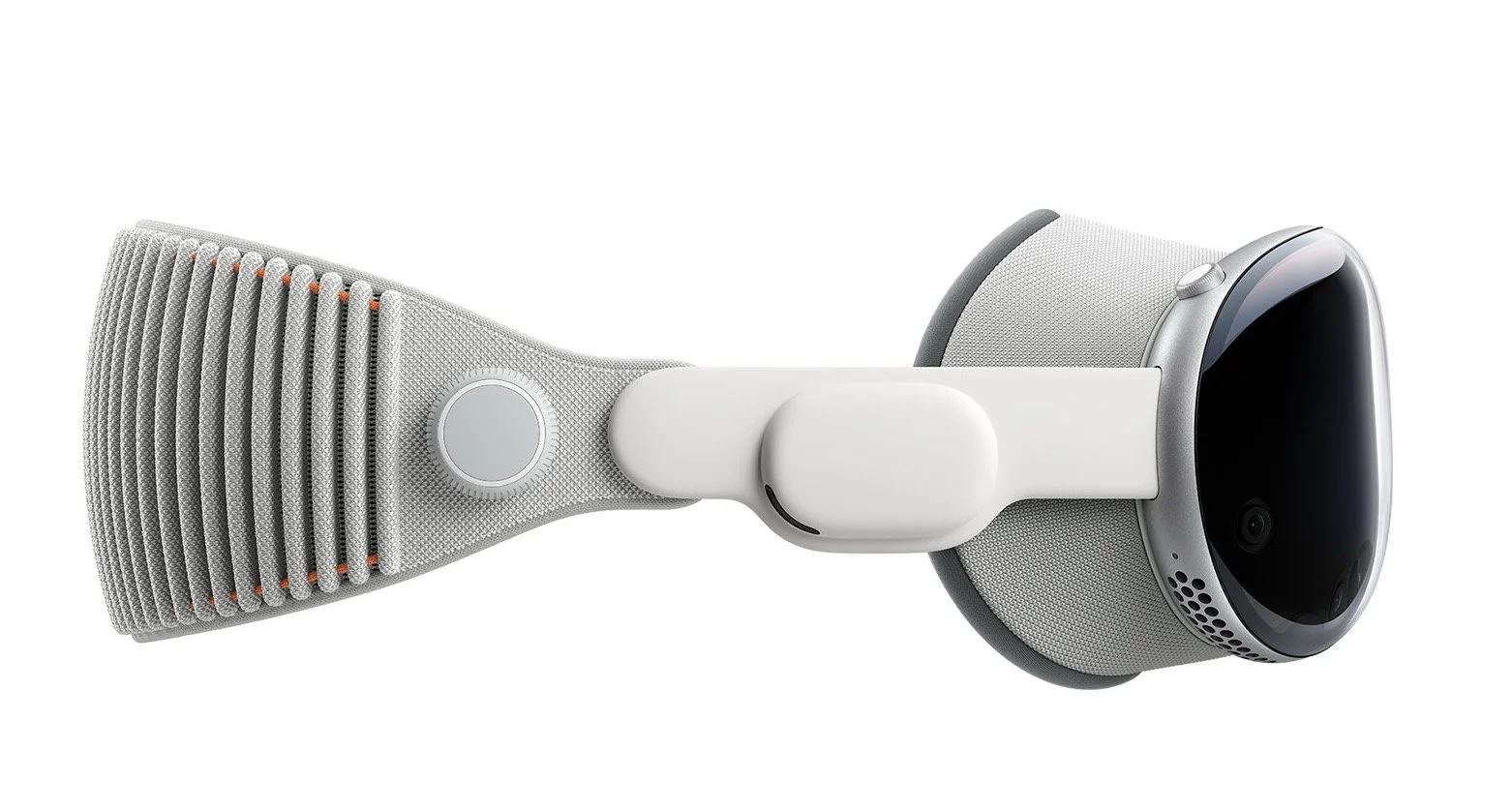TSL Labs Bonus Podcast: Google’s Notebook LLM “Deep Dive” on December 1st, 2025, editorial on the the Lawyer’s Defense Against Holiday Scams and ‘Bargain’ Tech Traps!
/Listen in as Google's Notebook LLM provides an AI-powered conversation unpacks our December 1st, 2025 editorial examining how the holiday digital marketplace transforms into a lucrative hunting ground for device compromise and credential theft. We explore why attorneys and paralegals—trained to spot hidden clauses and anticipate risk—often abandon professional skepticism when faced with shiny gadgets bearing 70% off stickers. Our discussion arms you with actionable strategies to protect your practice, safeguard client confidentiality, and prevent the kind of security breaches that trigger bar complaints and operational shutdowns. Whether you're a solo practitioner or part of a large firm, this episode delivers the technical insights you need without the jargon.
Join Google's Notebook LLM as we discuss the following three questions and more!
How do bargain tech deals create hidden professional liabilities that extend far beyond wasted money, and what specific technical deficits should lawyers avoid in discount hardware?
What free forensic tools can legal professionals use to distinguish genuine discounts from manipulated pricing schemes, and how do these tools apply procurement-level rigor to personal shopping decisions?
Which three active scam vectors target high-value professionals during the holiday season, and what mandatory four-point protocol ensures comprehensive protection against credential theft and device compromise?
In our conversation, we cover the following:
[00:00:00] Welcome to TSL Labs Bonus Episode: AI-powered deep dive on holiday shopping risks
[00:01:00] Why legal professionals abandon professional skepticism during holiday sales
[00:02:00] The high stakes: credential theft, device compromise, and operational lockdown
[00:03:00] The bargain trap: understanding technical debt in cheap vs. inexpensive hardware
[00:04:00] Processor bottleneck red flags: older generation chips that consume billable time
[00:05:00] Screen resolution hazards: how 1366x768 displays create genuine error risks
[00:06:00] RAM deficits and security longevity: when devices become e-waste and compliance gaps
[00:07:00] Introduction to forensic price tracking tools for procurement-level shopping
[00:08:00] CamelCamelCamel, Keepa, and Honey: free tools that reveal true pricing history
[00:09:00] Malwarebytes 2025 holiday scam report: three attack vectors targeting professionals
[00:10:00] Scam #1: urgent delivery smishing attacks exploiting package expectations
[00:11:00] Scam #2: malvertising minefield—when legitimate ads redirect to cloned fraud sites
[00:12:00] Scam #3: gift card emergency scams posing as court clerks and government officials
[00:13:00] Bonus threat: social media marketplace fraud and payment protection gaps
[00:14:00] The mandatory four-point protocol for holiday shopping protection
[00:15:00] Final thoughts: applying contract-reading diligence to every link you click
Resources
Hardware Mentioned in the Conversation
Business-class Lenovo laptops: https://www.lenovo.com/business
HP commercial-grade hardware: https://www.hp.com/business
Dell professional series: https://www.dell.com/business
Apple MacBook Pro: https://www.apple.com/macbook-pro/
Software & Cloud Services Mentioned in the Conversation
CamelCamelCamel (Amazon price tracker): https://camelcamelcamel.com
Keepa (Amazon price history browser extension): https://keepa.com
Honey (price tracking & coupon tool): https://www.joinhoney.com
Prisync (enterprise pricing solution): https://www.prisync.com
Price2Spy (enterprise pricing intelligence): https://www.price2spy.com
Malwarebytes (security software): https://www.malwarebytes.com































